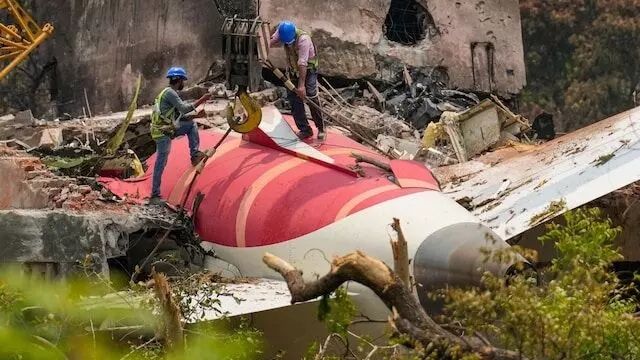Air India Completes Safety Inspections on Fuel Control Switches After Deadly Crash

Air India has completed precautionary inspections on the locking mechanisms of the Fuel Control Switch (FCS) across its fleet of Boeing 787 and 737 aircraft, following last month’s tragic crash and in compliance with new safety guidelines issued by India’s aviation regulator.
“No issues were found with the said locking mechanism during the inspections,” an Air India spokesperson confirmed. “We had initiated voluntary checks on July 12, ahead of the DGCA’s directive, and completed them within the required timeframe. The results have been shared with the regulator.”
The airline emphasized its commitment to safety, stating, “Air India remains dedicated to ensuring the safety of both passengers and crew members.”
These inspections follow a devastating incident on June 12, when an Air India Boeing 787-8 crashed shortly after takeoff from Ahmedabad, en route to London Gatwick. The aircraft struck a hostel building, killing 260 people — 241 of the 242 people on board, and 19 on the ground. Only one passenger survived. The cause of the crash remains under investigation, but the focus is on the aircraft’s fuel control switches — critical components that manage the flow of fuel to an engine and are used for engine start-up, shut-down, or in-flight emergencies.
In the wake of the crash, the Directorate General of Civil Aviation (DGCA) issued a directive on July 14, requiring airlines to inspect the fuel control switch locking mechanisms on all affected aircraft. Air India, which operates Boeing 787s on international routes, and its budget arm Air India Express, which flies Boeing 737s, carried out the inspections in line with the regulator’s order.
A final investigation report into the crash is expected within a year. Meanwhile, the aviation sector continues to face heightened scrutiny as regulators and airlines review safety protocols across the board.
